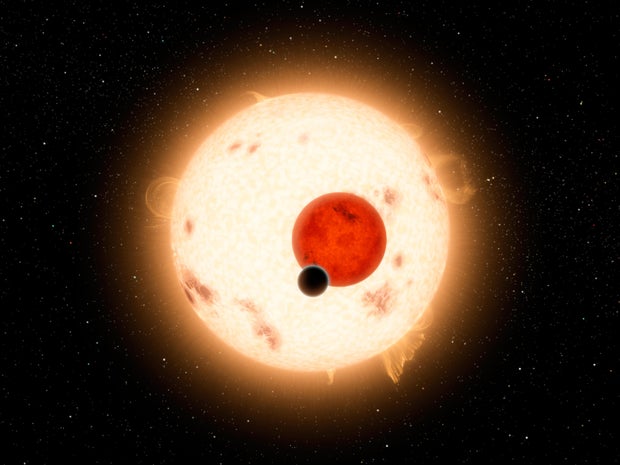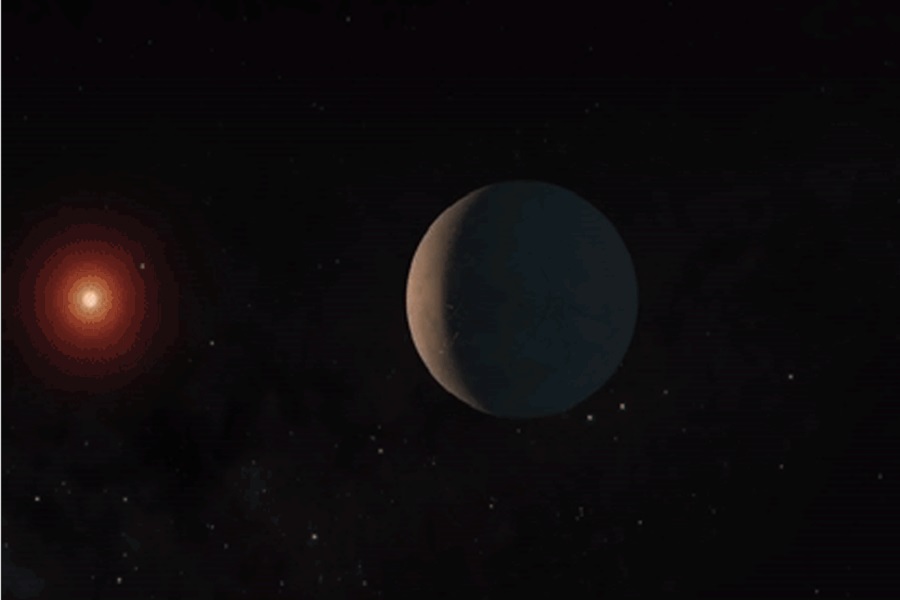
Newton succeeded because orthodox astronomy had already been broken up by Kepler and orthodox physics by Galileo reading a new pattern into the shambles, he united them in a new conceptual frame. Copernicus failed to do so he tried to mate the heliocentric tradition with orthodox Aristotelian doctrine, and failed.


Each new departure, each reintegration of what has become separated, involves the breaking down of the rigid, ossified patterns of behaviour and thought. The planet hunt is set to begin in early May after some final adjustments and calibrations.“In the first place, a new synthesis never results from a mere adding together of two fully developed branches in biological or mental evolution. The probe trails behind Earth on its own orbit of the sun – a path designed to maximise its viewing time. This information is fed back to the system that controls the spacecraft’s orientation, helping to hold the telescope’s gaze steady. They measure where the telescope is pointing on the sky 10 times every second. When the telescope was deployed, the team oriented the telescope so that this grid blocked out the brightest stars, to prevent saturation of the camera pixels.Īt the corners of the image are four black squares, where the telescope’s fine-guidance sensors are located.

The structures that hold the camera together form a grid that blocks out light. Stars appear in 21 squares, each of which boasts a pair of light-detecting charge-coupled devices (CCDs). Kepler’s first star pictures illustrate the telescope’s set-up (see image). That limit means it can only detect planets on tight, star-scorched orbits of 50 days or less.
Kepler glimpses planets Patch#
That is the minimum needed to determine the interval between dimming episodes and rule out other effects, like fluctuations in the star’s brightness.īy contrast, the orbiting French-built Corot telescope, which is also looking for the transits of planets, can only watch the same patch of stars for 150 days, Koch says. Since Kepler will stare at the same patch of sky for more than three years, it could catch three transits of Earth twins. Viewed from a distance, the Earth would dim the sun’s light by some 80 parts per million as it passed in front of the star, Kepler’s deputy principal investigator, David Koch, told New Scientist. That should allow Kepler to detect planets with orbits and sizes similar to our own.

It can detect tiny changes in a star’s brightness of only 20 parts per million. Long observationĪt the heart of the search is the probe’s 95-megapixel camera, the largest ever launched into space. “For the first time, we can look for Earth-size planets in the habitable zones around other stars like the sun,” Kelper’s principal investigator William Borucki of NASA’s Ames Research Center in California said in a statement. Among those, researchers are hoping to find Earth’s twin – a similarly-sized planet orbiting close enough to its host star for liquid water, a requirement for life as we know it, to survive on its surface. More than 100,000 stars in the patch were selected as ideal candidates for planet hunting.


 0 kommentar(er)
0 kommentar(er)
